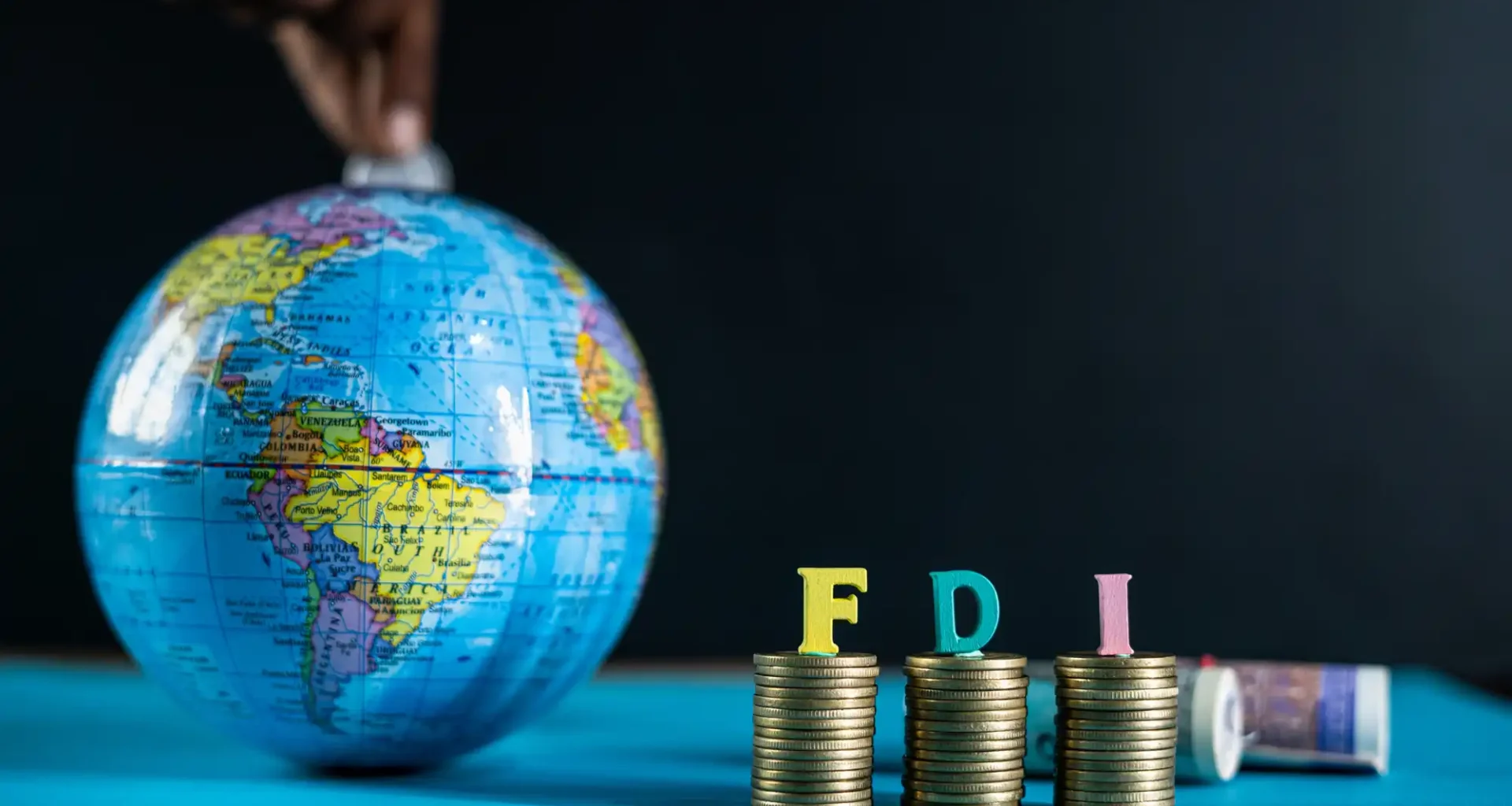After the big raid on the battery plant under construction on the Hyundai car complex in Georgia, President Donald Trump emphasized that he’s very enthusiastic about foreign investment in the U.S., as long as it’s legal. Well, what do we know more generally about the state of foreign direct investment — or, as the cool kids term it, “FDI”?
The McKinsey Global Institute is out with a new report on this called “The FDI shake-up.” Olivia White is co-author and a director there. She spoke with “Marketplace Morning Report” host David Brancaccio. The following is an edited transcript of their conversation.
David Brancaccio: All right, this kind of investment that countries — especially the United States — these days really want, it had been booming, I guess. Is that a way to describe what the situation had been?
Olivia White: Well, depends on sort of how far ago. Yeah, but, look — FDI was stronger before the global financial crisis, went into a little bit of a lull, but our work actually suggests that over the past couple of years, if anything, it’s gone up a little bit again.
Brancaccio: How should we understand foreign direct investment? Like give me an example, so that everyone is crystal clear.
White: Yeah, and I’m going to give you an additional word to throw in there. So, “greenfield” foreign direct investment. And you should understand that as an investor from one country, putting money into a different country to build what we call “productive capacity.” So think about a factory or a data center. So, for example, TSMC committing to invest money, and then, in fact, investing money in Arizona to build, for example, semiconductor fabs.
Brancaccio: TSMC, based in Taiwan, right?
White: That’s right.
Brancaccio: So, I mean, we’re speaking at a time that trade in goods, things, is being reshaped, overhauled — I don’t know — redirected, curtailed, by Trump administration policies. What can you tell us about how the flow of money to invest in projects in the U.S., fresh projects — has it been affected by the way that we’re recasting our trade relationships?
White: Well, look, let me start with just the comment that this kind of investment is historically very volatile. So you typically want to look at more than a couple of months to make judgments about patterns. You know, what we do is we look at a sort of annualized level of flow since 2022, and we look at that through May of 2025. In our analysis, numbers have gone up into the U.S. And, in fact, if you just look at the first five months, numbers have gone up even a little bit more — but with my caveat. So, at least so far, we are seeing announcements of such investment stay steady or even rise.
Brancaccio: In this type of investment, where the investment flows across borders, I mean, it can change an entire country’s economy, entire industries. I think you highlight South Korea. I mean, where did it get that semiconductor industry? It wasn’t just its own capital.
White: Sure, yeah. I mean, there’s a long history, actually, of the role that greenfield foreign direct investment has played in transforming industries and country economies over time. You talk about South Korea and the advent of the semiconductor industry there over multiple decades. But, gosh, go back and think about the way that the oil industry actually first originated. That all came out of FDI, in the late, late 1880s and for multiple decades. So, yeah, it can really transform global industries and country economies.
Related Topics
